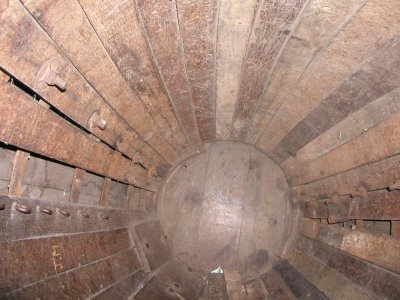Institutional Assessments
One area that we need to explore more and more is the area of institutional assessment. There was once I was waiting in surgery waiting to see my doctor. The surgery was reputable with very, very good doctors listed in their brochure. My experience with the receptionist however was very, very different. Her cold rudeness and presence seemed to overshadow all the other great services that the practice had to offer.
The analogy suggests that because we operate as a system (and often systems within systems), what is needed is commitment by all parts of the organic whole to great service. All the parts, not just individual parts, need to be committed to promote, not undermine the common vision of the institution.
The analogy also reminds me of a useful tool which was introduced to me by a Russian colleague who told me that it is regularly used in Russian agricultural training circles. The tool, which is also called the Barrel Analysis, looks at the different elements which make up the system as the staves of the barrel.

Looking at the barrel above, you know that the amount of water that the barrel can hold is dependent on the shortest stave, not the longest stave. Sometimes when we look at a curriculum, a program, a faculty, an organization, we affirm the good bits but ignore the bits which we are weak at. A good leader needs to look at the entire system, determine which areas we are good at, and channel resources developing the weak bits so that we can engage in the task of institutional capacity building.
(OK, I am aware that Christian Schwarz does use the same "Barrel Analysis" analogy in his book Natural Church Development, but I prefer the Russian version of my source.)
Another tool which I have found useful for institutional assessments is the Spider or Radar chart. In fact, both tools can be used in combination as tools to do institutional trouble shooting, problem posing and problem solving.
Interestingly, the US Navy has a site which allows you to generate Spider charts which shows in a visual matter, the performance at its different centers. It's useful just to get a sense of how spider/radar charts works.
Just one last comment. The reason why I love the barrel analysis and spider charts is because they help members of the team to visualize what the issues are. There seems to be collective ownership of the issues of the organization and a common realization of where the issues are and what needs to be done by way of appropriate interventions.


<< Home